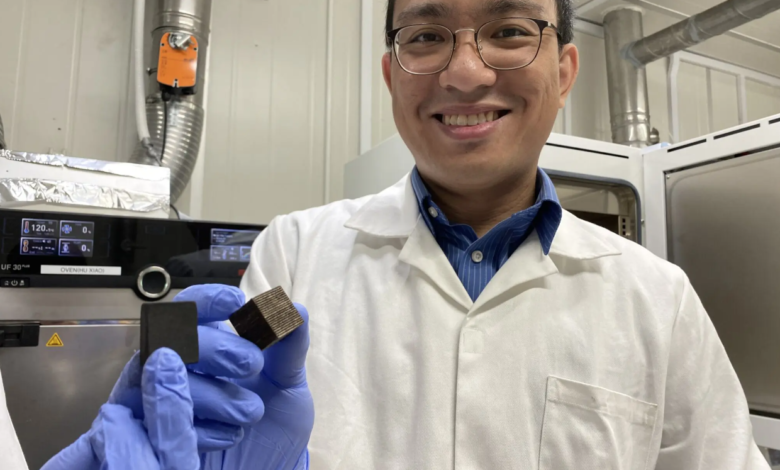Lithium-ion batteries: batteries from paper and cardboard waste, the innovation signed NTU

Lithium-ion batteries created by paper waste demonstrate superior impact resistance
(sustainabilityenvironment.com) – Even waste can help the world of energy storage. It happens in Singapore where a group of scientists managed to produce lithium-ion batteries from paper and cardboard waste. The team used a processor known in the chemical world – carbonization – and capable of converting cellulose fibers into pure carbon to be used in electrodes.
“Paper is used in many everyday applications, from gift wrapping to a myriad of industrial uses, such as heavy packaging, protective wraps and building fillings,” comments Professor Lai Changquan of Nanyang Technological University (NTU)who led the project. “However, little is done to manage it when it is disposed of […] Our method would give kraft paper another prospect of life”.
What is lithium ion battery? How does the carbonization process take place?
To carbonize the paper, scientists used high temperatures in the absence of oxygen. The process heats the material to 1200°C, until the water and the volatile substances contained in it are completely evaporated, reducing it to carbon. But to make their battery electrodes, the researchers took a particular approach: they combined and cut with the laser waste sheets, before heating them, to form different reticular geometries.
Read also High density solid state batteries, how to manage stress
The anodes thus obtained boast superior durability, flexibility and electrochemical properties. Laboratory tests have shown that batteries produced from waste can be charged and discharged up to 1,200 times and that they could also withstand greater physical stress, absorbing up to five times better crushing energy. The NTU team attributes these properties to the arrangement of paper fibers before charring. According to the group, the combination of strength and mechanical toughness shown by the new anodes would allow the batteries of phones, laptops and cars to better withstand the shocks caused by falls and accidents.
NTU scientists will conduct further research to improve the storage capacity of their material and minimize the thermal energy needed to convert paper to carbon.





